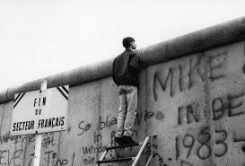Contents
We have all heard or seen scenes about the Berlin Wall which is the subject of almost all films or documentaries about World War II and its aftermath. While watching these movies with moist eyes, especially during the saddest scenes, we all cursed this cold wall with the worst words. If we look at it from this perspective, the Wall of Shame or the Iron Curtain Wall’s, is also a reflection of the cold face of the Soviet Regime. In this article, we will touch upon this issue which is important in terms of personal development and general cultural development.
Please let us not forget that the issue of world wars is very important in terms of their consequences and the deaths of millions of people. In this context, knowing this issue will help us understand these wars. If we consider issues such as Trump being re-elected as president in 2025 and the rise of the far-right following the European Parliament elections, we will understand such historical events better. While conflicts are increasing in the world today, the risk of a new world war and cold war is increasing every day. For this reason, we must analyze the process well during and after World War II.
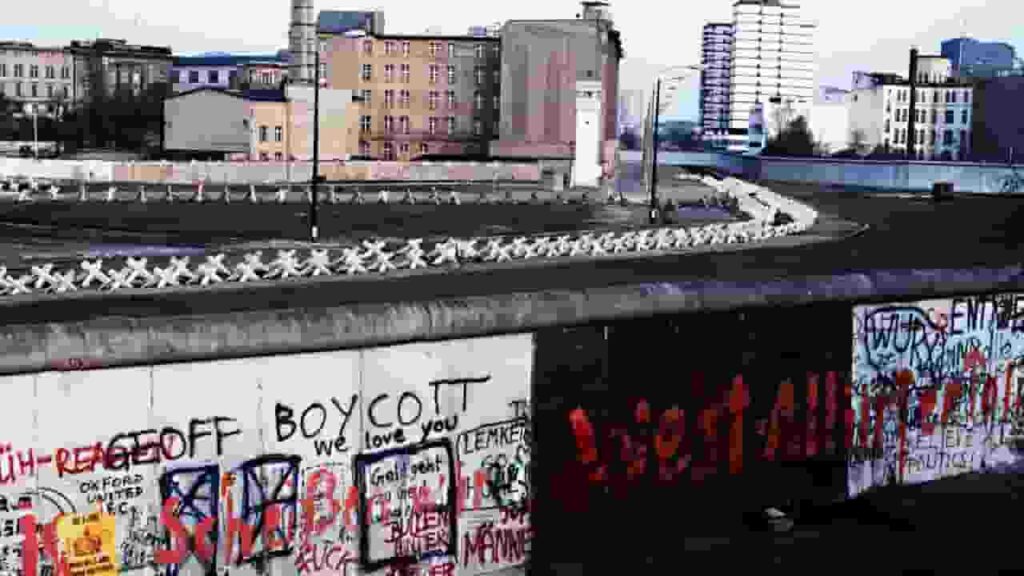
The Origins of the Berlin Wall: A Divided Germany
The story of the Wall actually dates back to the end of World War II. Germany, which started the war and suffered a heavy defeat as a result of the big war, was occupied in June 1945 by the victorious countries of the war, America, France, the Soviet Union and the British. The occupation forces were later divided into capitalist and communist blocs in accordance with the spirit of the period. This meant that; In fact, Germany and simultaneously Berlin are now divided in two. At this point, it also meant that the Republics of West Germany and East Germany were de facto established in 1952.
However, over time, the capitalist side developed rapidly and became economically prosperous compared to the communist side. With these developments, rapid migrations began from the communist side, eastern Germany, to western Germany. These migrations were largely taking place through the city of Berlin. At this point, these rapid migrations worried both the Soviet regime and the East German administration. The Berlin Wall story was somewhat related to this migration issue.
When was Berlin Wall Built?
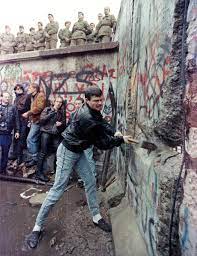
Between 1945 and 1961, millions of Germans migrated from east to west Germany in order to find work or improve their welfare. As the year turned into the 1960s, the transition to the west accelerated and the pressure on the eastern German side increased. In this context, the Socialist German side built the Shame Wall in a single night between August 12 and August 13 in 1961, in order to prevent the decrease in its population and to completely break off its relations with the capitalist West German side. In fact, the East German administration secretly received approval from the Soviet Union administration before the construction of this wall.
As a natural result of these development, after the construction of the Wall, crossings between the sides decreased sharply.
However, stubborn people who wanted to overcome the wall never stopped trying. The people who died as targets for bullets in the mined area in front of the wall or on the barbed wires set an example for the generations that came after them. For some, they represented hope and not giving up on freedom even during the cold war between America and the Soviet Union.
Life Behind the Wall: Stories of Separation and Struggle
After talking a little about the date and conditions when this wall of shame was built, let’s give some information about the wall. The Shame Wall is approximately 50 km long. By the way, between the time it was built and the time it collapsed, approximately 5 thousand people crossed this Wall of Shame and migrated to West Germany. At this point, it should be noted that the history of the Berlin Wall is full of many deaths and painful memories. In this context, it is known that; Germans who wanted to cross the border tried many methods, from digging tunnels to flying. Most of these attempts were unsuccessful, but only a small number were completed successfully.
On the other hand, it is estimated that the number of people who died or were killed while trying to overcome the Berlin Wall is approximately 150.
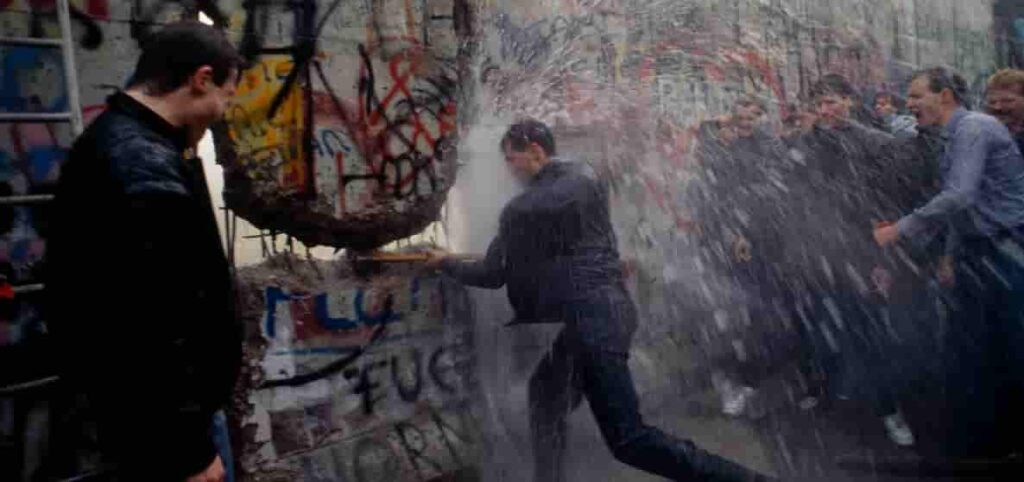
In line with that, we should also mention that the East German government-built mines and barbed wire in front of the wall to prevent it from being breached. It is clear that for them, it was a matter of honour for their own citizens to cross the Berlin Wall and cross over to the capitalist west. As the number of Germans migrating to the West increased, the East German administration was taking new measures and trying to prevent these migrations. The history of the Wall, built in 1961, is full of such measures and suffering.
The Fall of Berlin Wall: A Moment Changed World
As the years passed quickly and the 1980s arrived, the balance between systems in the world was shifting in favour of liberal capitalism. This meant that the communist bloc was gradually weakening. In the wake of the gradual weakening of the Soviet Union and the increasing reactions against communist rule in the iron curtain countries, the Berlin Wall fell on November 9, 1989.
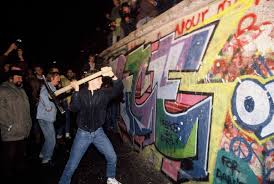
In fact, before the fall of the wall, in 1989, as a result of the increasing reactions, the East German side had already started to allow citizens to cross to the western side. It should be noted at this point that; Citizens who realize that a system is about to collapse begin to rebel against that government and organize demonstrations. When East Germany started allowing its citizens to cross to the Western side, it was actually admitting that the system had collapsed.
This structure, which was one of the most important events of the period, still remains a very important structure almost 55 years after its destruction. Hundreds of thousands of visitors visit it every year and commemorate the cold war days.
The Legacy of the Berlin Wall: Lessons from History
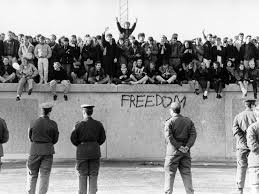
The fall of it which still contains the traces of the cold war of a period along with death, pain and separation, actually meant that the cold war ended. Following the fall of the Wall of Shame, eastern and western Germany were united on October 3, 1990. The first leader and prime minister of Germany, which was united and became a single state, was Helmut Kohl.
Along with these facts, it must be underlined that the most important consequence of the fall of the wall is that it accelerated the collapse of the Soviet Union. In this context, towards the end of 1990, developments such as the unification of both sides of Germany, the freedom demonstrations that started in Poland and other iron curtain countries and the execution of Ceausescu in Romania took place. As a result of all these developments, the Union of Soviet Socialist Republics (USSR) led by Gorbachev was officially dissolved in December 1991 and the cold war ended.
If we look at it from this perspective, the fall of the Berlin Wall was, in a sense, a transition from a chaotic world order to a unipolar world order. At this point, capitalist states based on liberal democracy, led by the USA, have declared their final victory against the communist system. Naturally, as an indirect result of the fall of the Wall; The USA and the capitalist system, which remain the only dominant power in the world, will then set new goals for themselves and change the axis of the world. On the other hand we reccommend you to read French Revolution and US Independence War articles.
